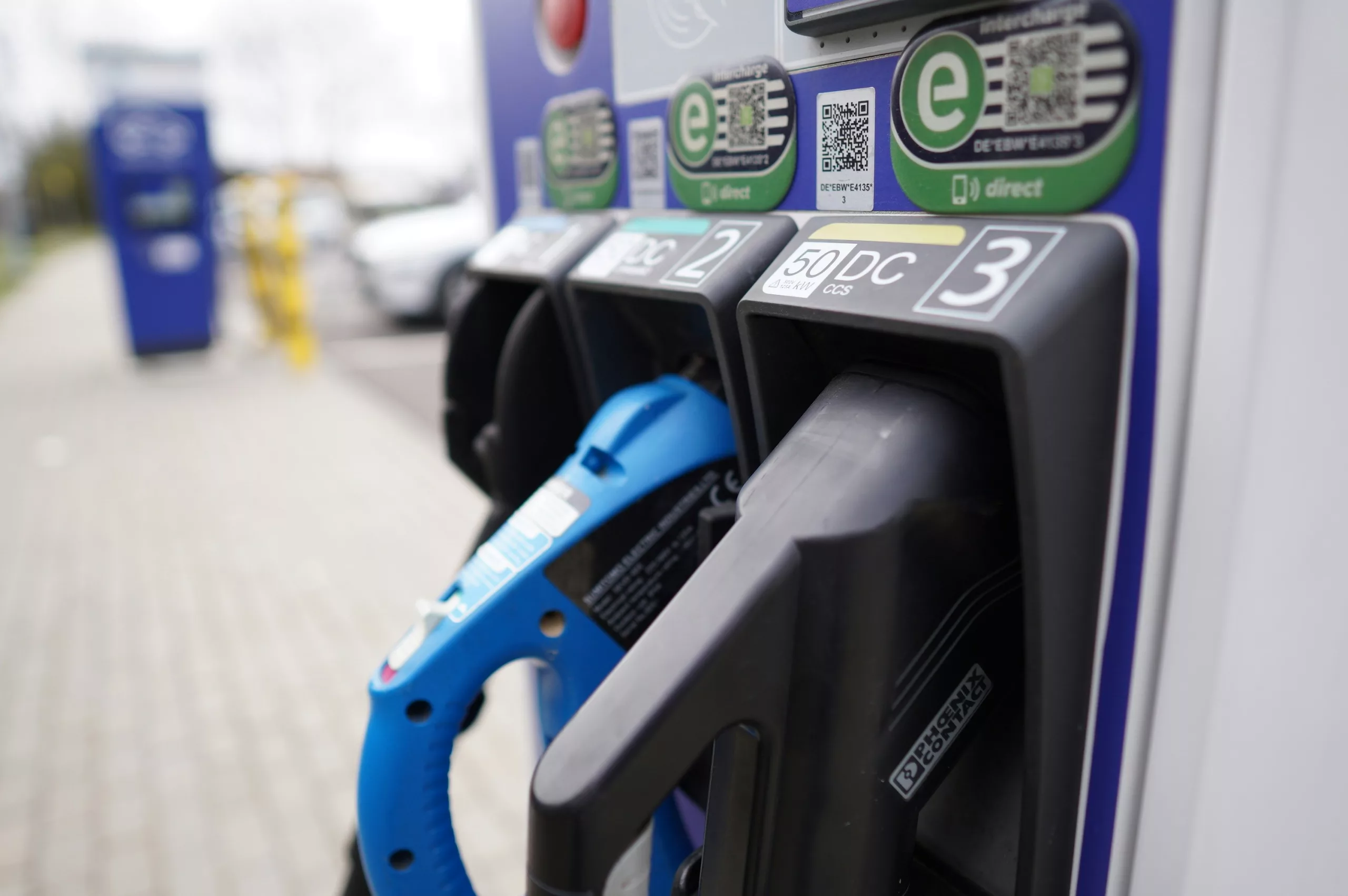The National Electric Vehicle Infrastructure (NEVI) program is poised to revolutionize electric vehicle charging stations across the U.S. Although only a handful of stations have been erected to date, ambitious plans promise to pepper the interstate landscape with much-needed charging infrastructure. The inaugural goal for the year includes installations every 50 miles along interstate highways, featuring a minimum of four charging ports that can deliver a robust 150 kW each, paving the road for a surge in EV adoption and further development of charging facilities.
Adapting to Geographical Challenges
Varying geographies and the availability of electrical resources mean that a rigid 50-mile distance between stations isn’t always practical. In certain areas, the right location for a charging station may be absent, or the terrain may present formidable obstacles. Consequently, the federal government has granted states latitude to seek exceptions, allowing installations beyond the standard 50-mile interval when necessary, ensuring that optimal locations are selected even if it results in larger gaps within the network.
Exceptions or Oversights? A Closer Look at the Charging Network
Commentary from EV infrastructure enthusiasts reveals that states may be leaning heavily on these exceptions, potentially creating significant network gaps. For instance, West Texas, renowned for its expansive open areas and sparse electricity access, presents a challenge. Interstate roads stretch across these regions that are essential for cross-country traversing, necessitating a reliable charging network for a growing EV contingent.
In places like Fort Hancock, Texas, the absence of a charging station is felt despite it seeming like an apt location given the community’s vitality and electrical infrastructure. Suggestions include employing alternative solutions such as battery storage to bolster existing electrical connections. The need for charging stations extends beyond long-haul drivers to locals, highlighting the importance of a charging station in this locale.
Similarly, requests for exemptions at rest areas like Fort Davis and Kent suggest that the development of the charging network might be overlooking critical gaps. With sizable distances between accessible towns, even a basic charging setup backed by battery storage could offer a much-needed oasis in the expansive charging desert of West Texas.
Solar and Storage as a Solution for Rural Charging
NEVI’s flexibility in funding allocation for batteries and solar technology opens avenues for creating charging options in remote areas. Despite this, state transportation departments seem hesitant to fully utilize this potential, possibly due to the appeal of constructing cost-effective stations in less challenging regions. Nevertheless, this could be a narrow view, considering rural travelers’ needs, such as those requiring short trips within the local area or towing, a prevalent activity in the countryside.
The current strategy also overlooks the gradual shift in EV driver behavior, as people might begin adopting the less cautious habits of internal combustion engine vehicle users, embarking on trips without meticulous planning, and only seeking a charge when necessary. This could lead to unforeseen dilemmas in remote areas if not preemptively addressed with strategically placed charging facilities, albeit smaller and potentially more expensive than their urban counterparts.
The Role of Private Stations in Remote EV Charging
While governmental efforts seem focused on urban-centric charging solutions, there is an emerging opportunity for private enterprise to fill the void in rural areas. Forward-thinking investors and entrepreneurs might provide a lifeline in locations neglected by the NEVI’s initial rollout.
Although resistance from rural businesses is not uncommon, the landscape is shifting, with some becoming more receptive to hosting charging stations, sometimes without the aid of subsidies. FreeWire‘s Accelerate Program serves as a pioneering example of such private initiatives. Business owners in rural settings should thus seriously contemplate the benefits of becoming early adopters in the EV charging market, which is projected to expand significantly in the coming years.
As the EV infrastructure landscape evolves, it’s clear that the need for comprehensive and accessible charging solutions will only intensify. While the NEVI program sets the stage, a combination of government and private efforts will be essential to meet the charging demands of a rapidly growing electric vehicle populace.
